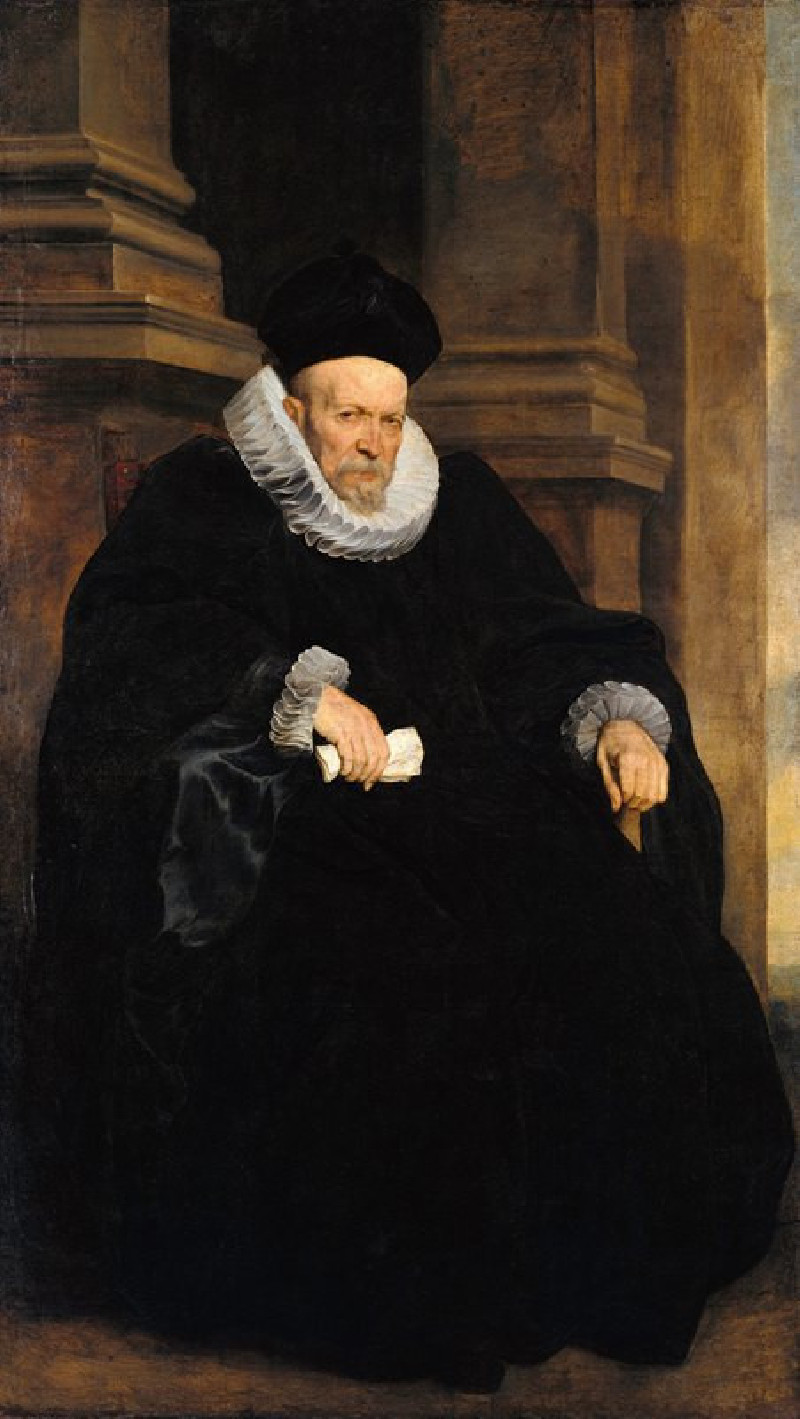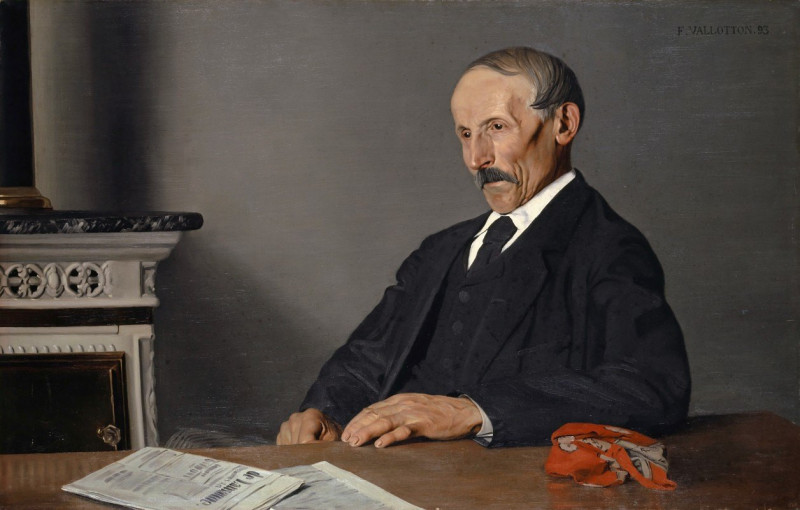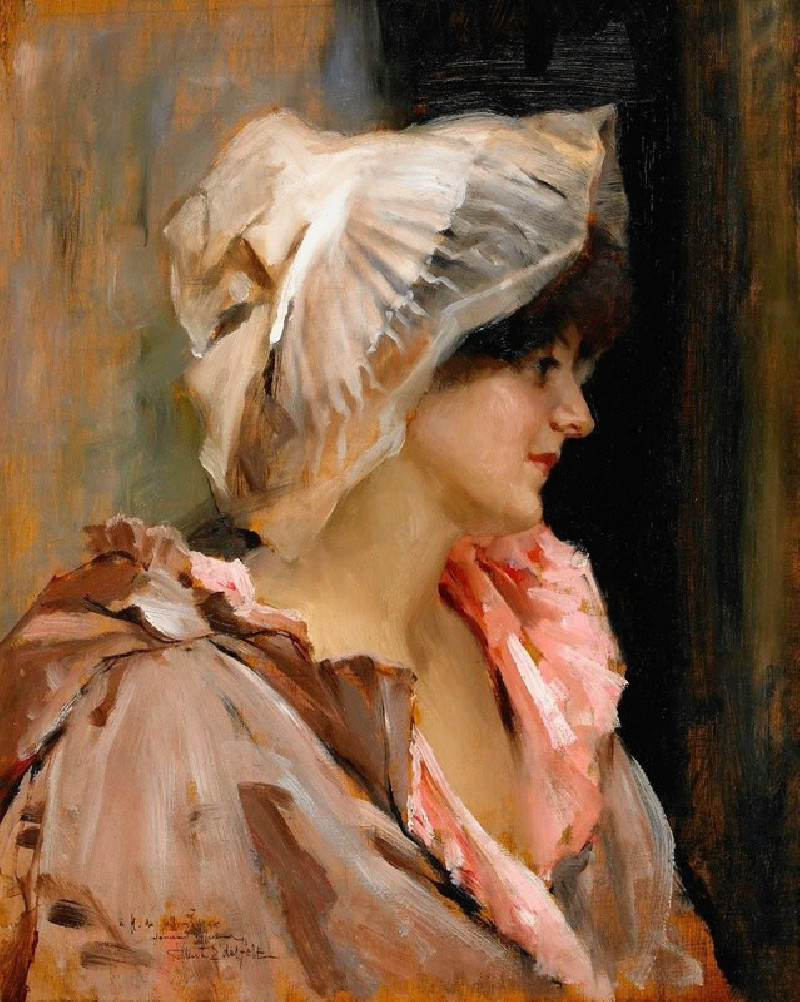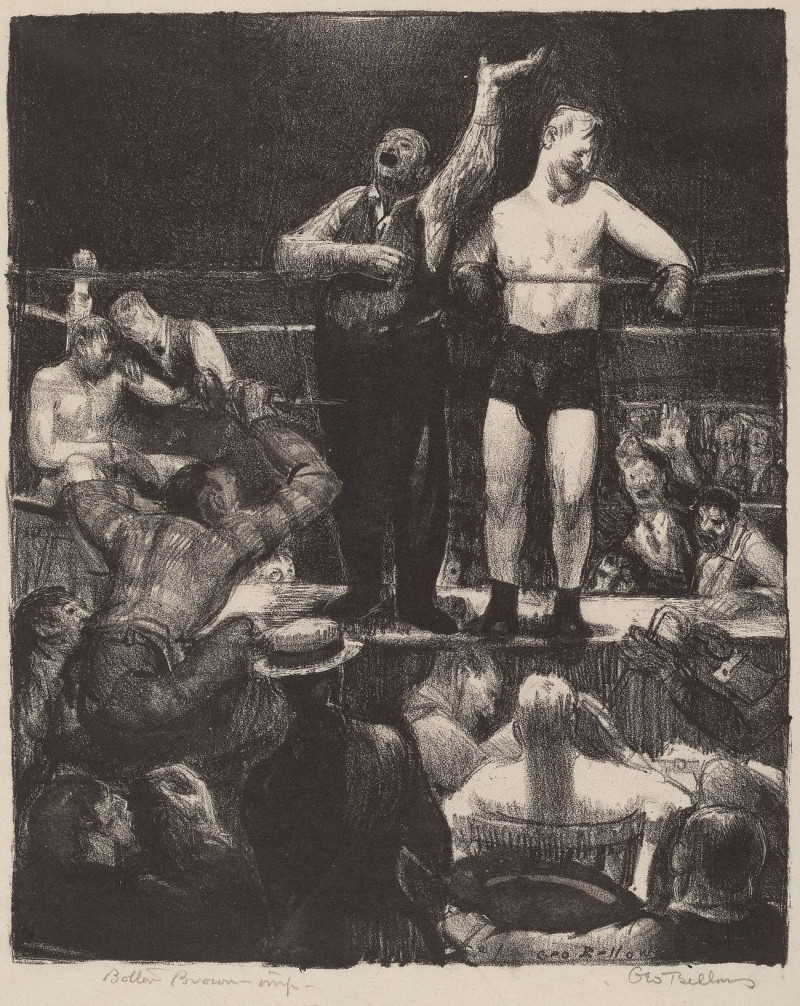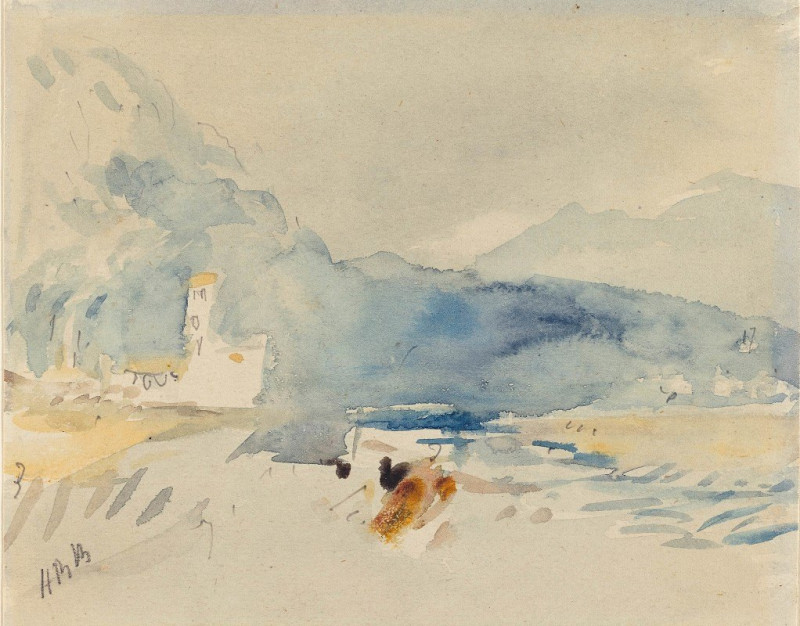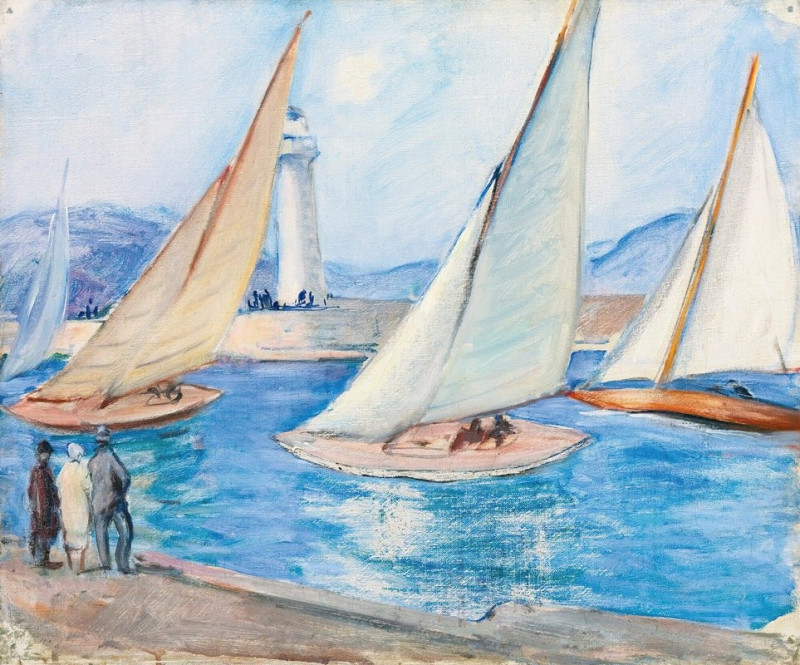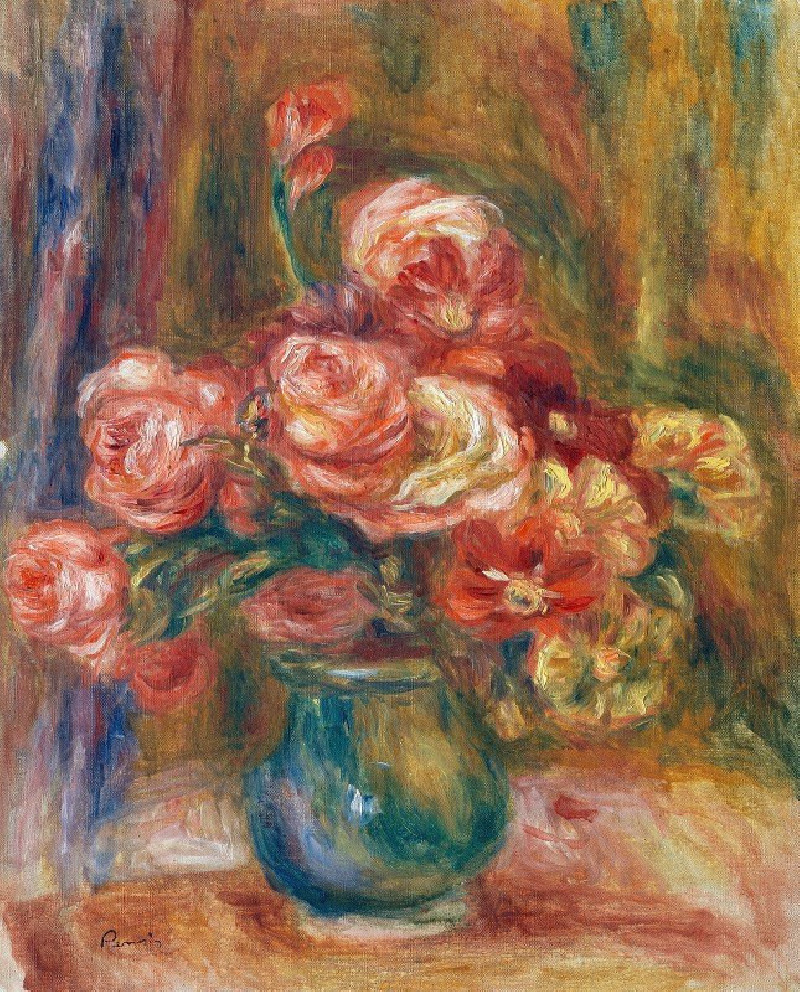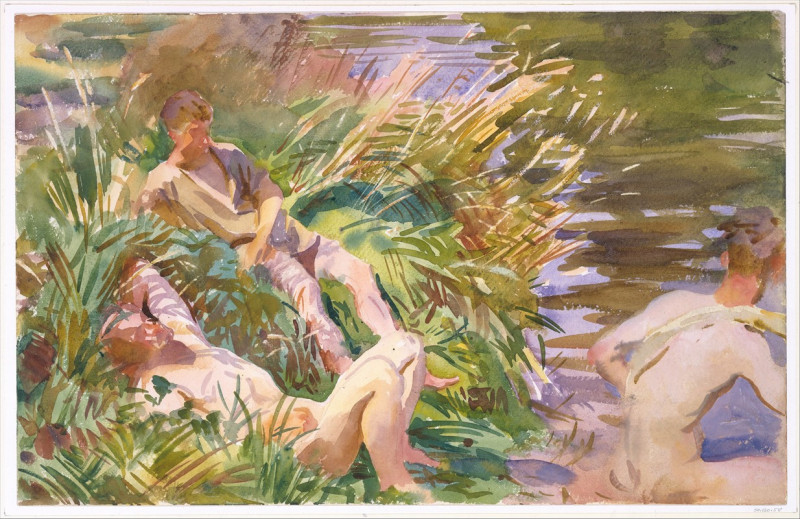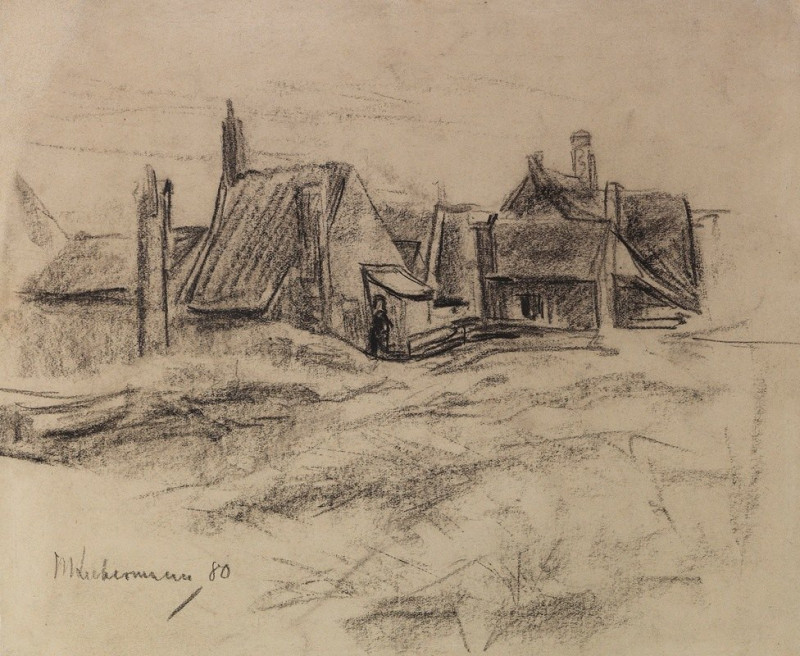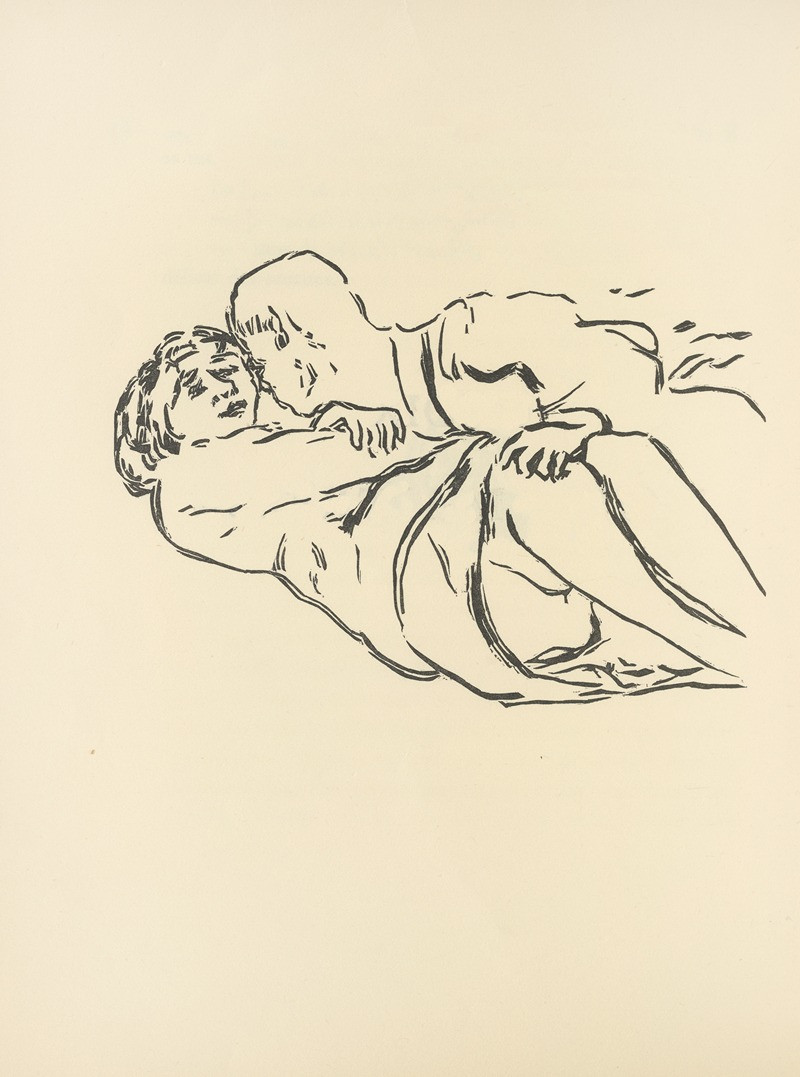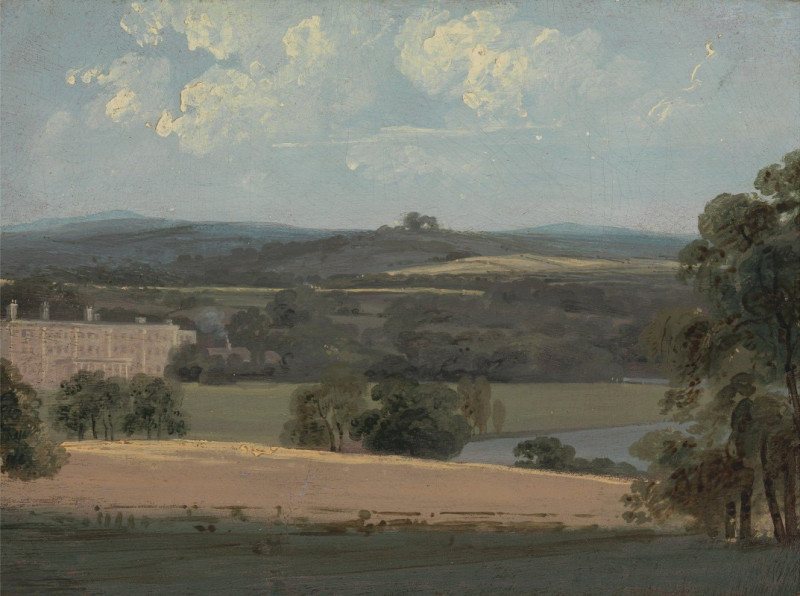Portrait of a Genovese Gentleman (circa 1621)
Technique: Giclée quality print
Recommended by our customers
More about this artwork
Anthony van Dyck, a master of the Baroque era known for his exceptional talent in portraiture, presents us with the stoic elegance of "Portrait of a Genovese Gentleman," painted circa 1621. This work is a profound example of van Dyck's skill in capturing the dignified poise and subtle complexities of human expression.In this striking portrait, the subject—a Genovese gentleman—sits enveloped in a rich, dark cloak that contrasts with his pale, sharply chiseled face and the pristine white of his ruff and cuffs. His gaze, directed slightly upward, exudes a contemplative, almost introspective quality, inviting viewers to ponder the thoughts behind those deep-set eyes.The gentleman's attire, typical of the early 17th century Genovese elite, includes a black beret and a traditional linen collar, elements that emphasize his social status and refined taste. The muted palette dominated by blacks and greys highlights van Dyck's ability to utilize shadow and light to draw attention to the texture of the fabrics and the subtle details of the gentleman's hands, one of which gracefully holds a folded paper.Set against a backdrop of classical architecture, the painting not only portrays an individual but also echoes the cultural and architectural richness of Genoa during that era. Van Dyck's talent in rendering textures and fabrics comes to the fore, bringing a lifelike quality to the attire and surroundings that enhances the overall solemn atmosphere of the piece."Portrait of a Genovese Gentleman" remains a testament to Anthony van Dyck's masterful portrayal of nobility and his enduring influence on the art of portraiture.
Delivery
Returns
Sir Anthony van Dyck (1599 – 1641) was a Flemish Baroque artist who became the leading court painter in England after success in the Spanish Netherlands and Italy.
The seventh child of Frans van Dyck, a wealthy Antwerp silk merchant, Anthony painted from an early age. He was successful as an independent painter in his late teens, and became a master in the Antwerp guild in 1618. By this time he was working in the studio of the leading northern painter of the day, Peter Paul Rubens, who became a major influence on his work.

